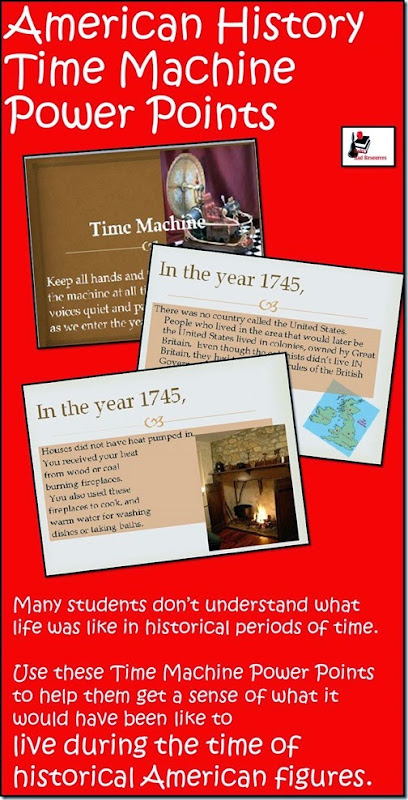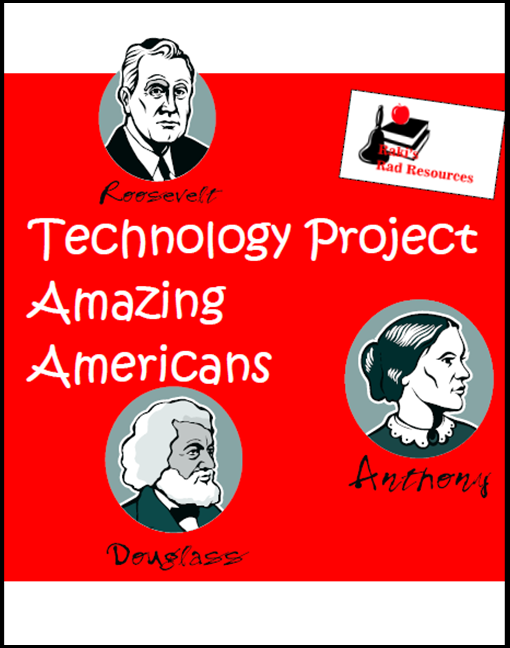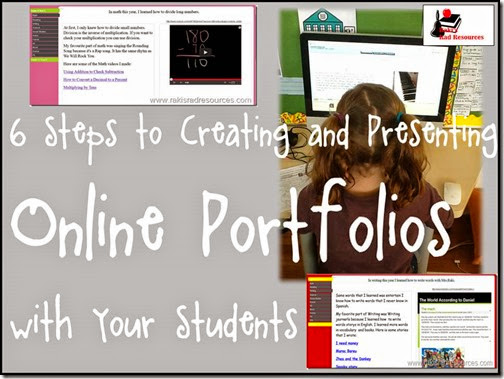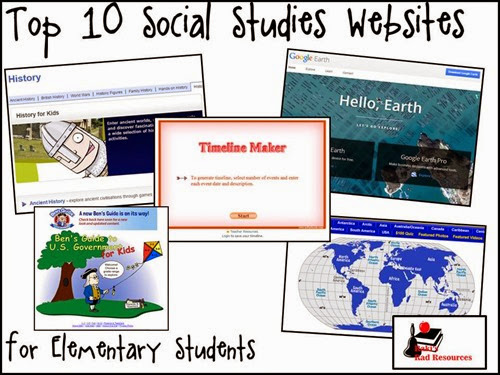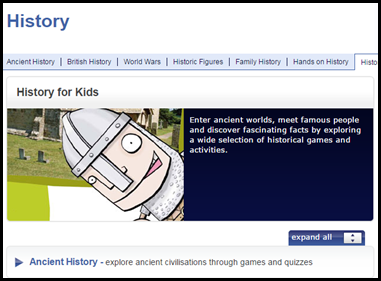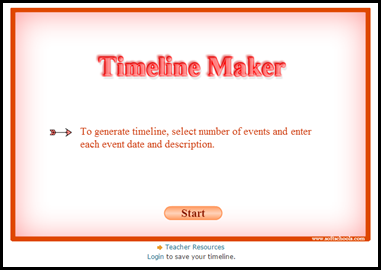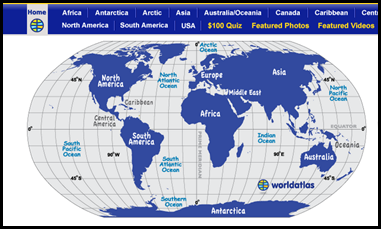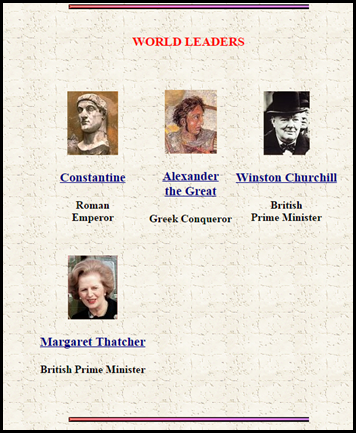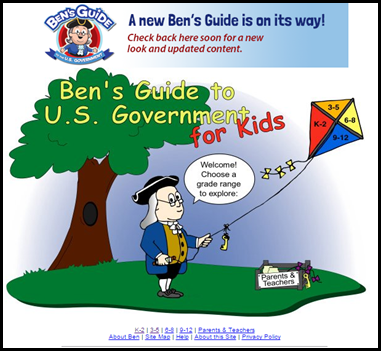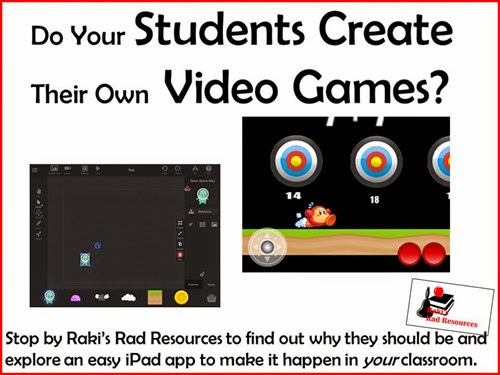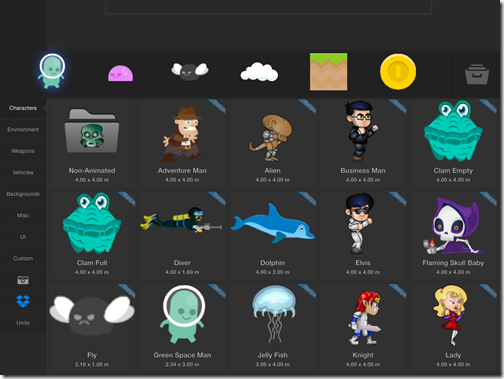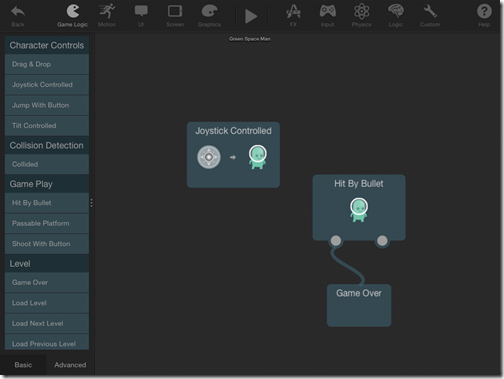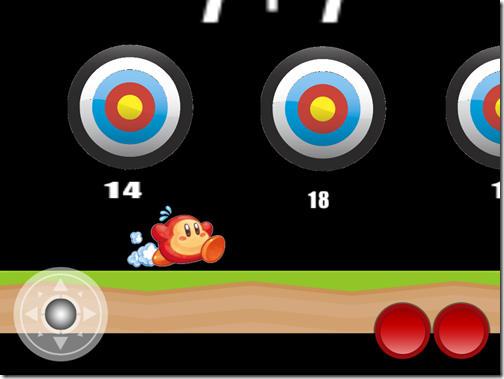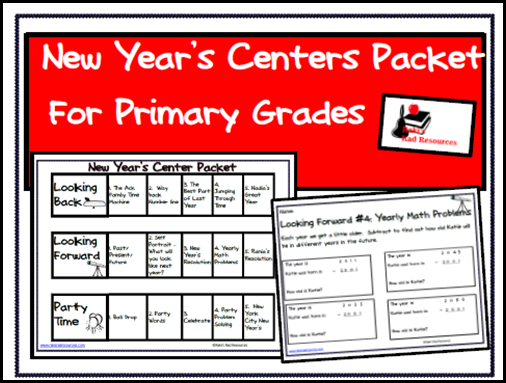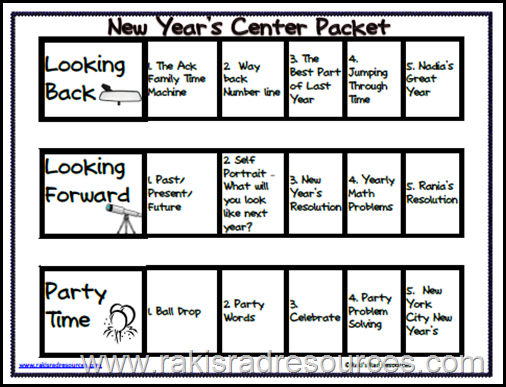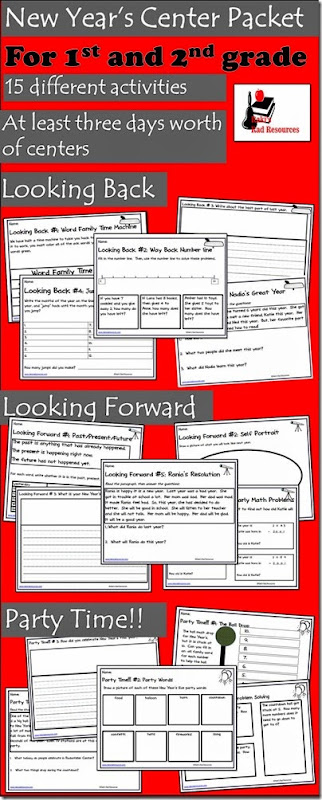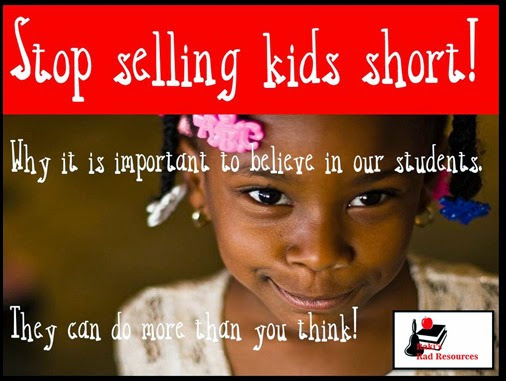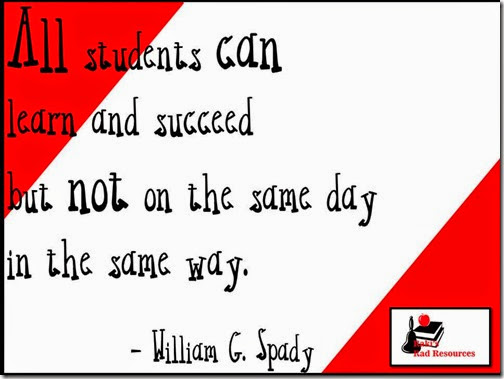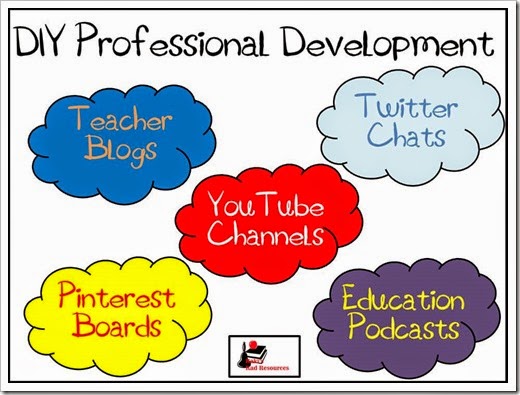
Teachers often sit through a lot of professional development that unfortunately does not pertain to them because although we ask teachers to differentiate for each child, we rarely differentiate professional development for each teacher. Fortunately, thanks to technology, there is an amazing amount of professional development available out there that will meet your specific needs as a teacher. You just need to find it. Here are some places to find just what you need to make you an even better teacher than you already are.

Teacher Blogs – There are teacher bloggers out there for every grade level and every subject. These bloggers share about what they do (or did) in their classrooms, the resources they use, the methods they learn and the activities they are planning. Each blogger share a bit of their personal expertise. Here at Raki’s Rad Resources, I share tips for working with ESL students, websites and apps to use in your classroom and information about some current trends and theories in education. I also sometimes share what I do with my own homeschooled children. When I was in the classroom, I shared tons of what I did with my students and these posts can still be found here at Raki’s Rad Resources. Of course, my blog is far from unique. Here are some other amazing teacher blogs you should check out:
Corkboard Connections
Minds in Bloom
Free Technology for Teachers
ScienceFix
TheJoseVilson.com
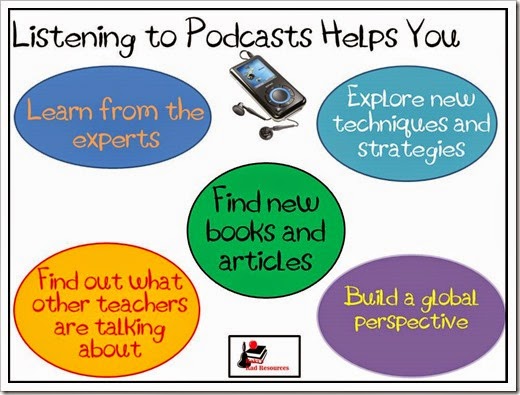
Podcasts – Podcasts are basically online radio shows. Similar to the way blogs have taken over as sources of news, podcasts take an individualized “niche” approach to the radio show. Podcasts can be listened to using the Podcast app on an iPhone or iPad and with any variety of free apps on an android device including PodKast and Doube Pod Podcast. Many podcast authors will also post the podcasts as .mp4 files on their personal websites so that you can listen to them on your computer. Personally, I listen to podcasts on my phone – through attached speakers – while I cook dinner. Many people prefer to listen to podcasts during their commutes or as they are prepping next week’s centers or any other time when their hands are busy, but their brains may not necessarily be very busy. While I don’t have a podcast of my own at this moment, I have a few ideas bouncing around in my head, so this is on the to-do list, but it’ll be awhile before I get there. In the meantime, here are some awesome teacher podcasts to check out:
Truth for Teachers
Cult of Pedagogy
Technology Matters
Math Dude
The Teacher’s Podcast
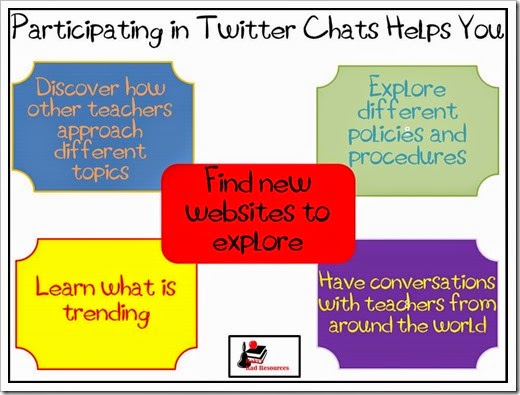
Twitter Chats – Real time, live conversations about real, important topics in the field of education today are happening on twitter through twitter chats. This is what twitter chats are. Each twitter chat has an assigned day and time – usually once a week for an hour. The most common times for chats are between 6 and 9 p.m. EST on any school night, but there are actually twitter chats almost 24 hours a day, depending on location. To participate in a twitter chat, you have to know the hashtag of the twitter chat you want to be involved in. At the designated time, you log into twitter, introduce yourself with the hashtag of the twitter chat and answer the questions put out there by the moderator. Additionally, you can comment on, retweet and like the answers of the other people participating in the chats. Beyond being an amazing, quick moving and inspiring, twitter chats give you a chance to meet like minded individuals and follow them on twitter. (You can find me on twitter @hlraki, btw.) Here are some great twitter chats where you might find me:
#teacherfriends
#teachedchat
#ellchat
#byotchat
#edtech
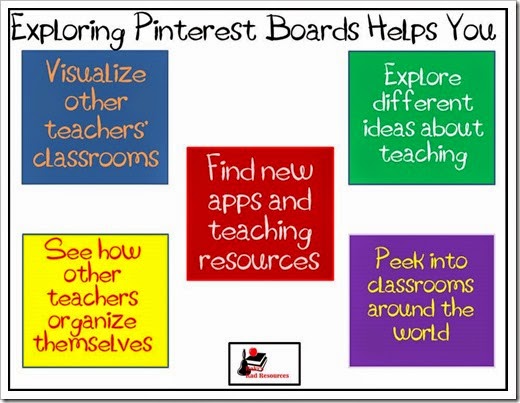
Pinterest Boards – Besides being a place to gather visual hyperlinks, Pinterest is a place to gather information and organize it. It’s also a place to check out what everybody else has been checking out. Personally, I have boards for each standard elementary subject (Math, Reading, Writing, Grammar, Science, Social Studies) and for Technology in the Classroom and iPads in the Classroom. To these boards I post my own blog posts on these subjects, but also great blog posts written by others, pictures of amazing things I want to try later, websites I want to share with my boys, etc. etc. Some other great Pinterest boards to check out are:
All Things Technology
A+ Teaching Ideas
**Educational Blogs and Blog Posts**
Classroom Organization
Bulletin Boards
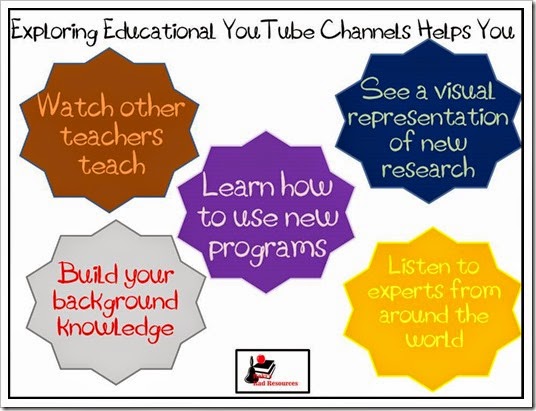
YouTube Channels – When I started flipping my classroom two years ago, I scoured YouTube looking for the perfect Math videos to use with my kids. What I discovered is that many, many teachers and education companies (like TEDed) have their own YouTube channels with amazing videos that teach pretty much anything. There are amazing ones to help you brush up on your background knowledge – like Crash Course. There are also amazing YouTube channels to help you learn anything you want to learn about pedagogy, teaching techniques and current trends in education. I have a very small YouTube channel, which you can access HERE. I am working on building this channel and am hoping to start a new set of teaching videos SOON! Some other great YouTube Channels to check out are:
Ted Talks
The RSA
Teaching Tolerance
Chris Biffle (Whole Brain Teaching)
SimpleK12
No matter your preferred modality (words, pictures, audio files, videos) or your current needs, there are tons of resources available to help you build yourself up as a teacher. We teach our students to be independent learners, but how often do we go out and find the information we need without prompting from above? (Well, actually if you’re here on my blog reading this, you’re probably part of the percentage who does!) Take some time to explore these sites and develop your own Professional Development that is geared specifically at your needs. Also, please feel free to pass these resources onto your colleagues and other teacher friends who might benefit from these resources.

 In the past when I have studied rocks and minerals with a class, I have had students become experts on a type of rock with my Rock Research Project or a material found on Earth with my Earth’s Materials Online Poster Project. This is the first time I have focused an entire unit on the geographical history of a specific area. It was really interesting to see the real life applications that came out in my sons’ explanation write ups including references to climate and the uses of rocks. The Rocks & Fossils section of our Year Long Country Study Project has beena great unit for bringing together all of the major concepts of Earth Science!
In the past when I have studied rocks and minerals with a class, I have had students become experts on a type of rock with my Rock Research Project or a material found on Earth with my Earth’s Materials Online Poster Project. This is the first time I have focused an entire unit on the geographical history of a specific area. It was really interesting to see the real life applications that came out in my sons’ explanation write ups including references to climate and the uses of rocks. The Rocks & Fossils section of our Year Long Country Study Project has beena great unit for bringing together all of the major concepts of Earth Science!
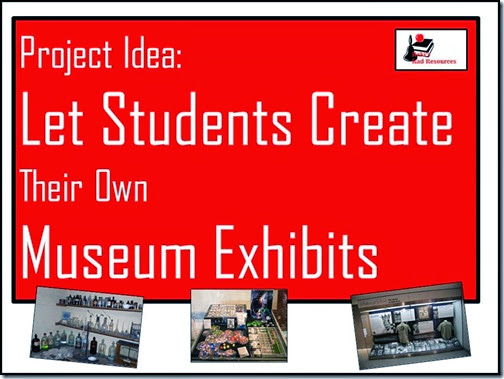
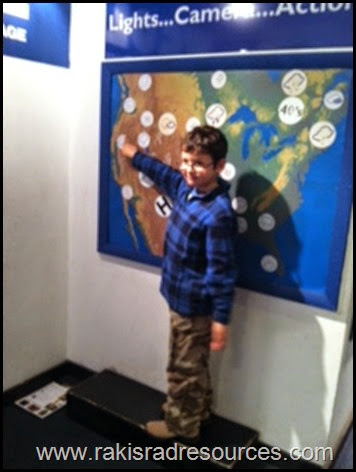
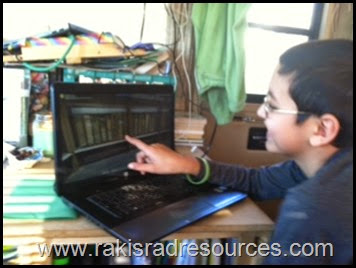

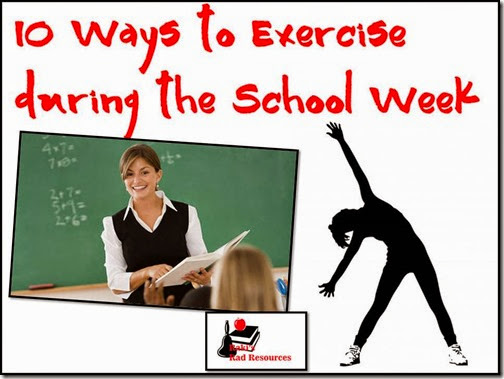
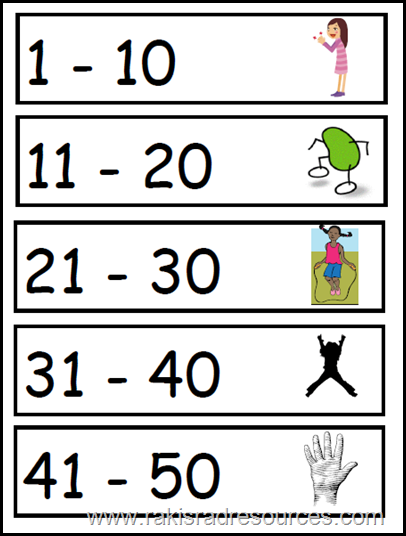 waking up. Meanwhile, I did all of the motions with them and raised my heartbeat a bit each morning. Feel free to download my number aerobics poster for free from
waking up. Meanwhile, I did all of the motions with them and raised my heartbeat a bit each morning. Feel free to download my number aerobics poster for free from 

